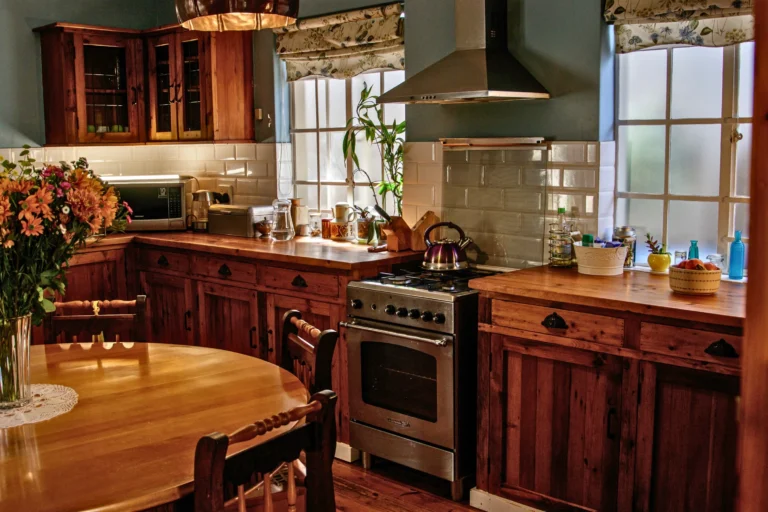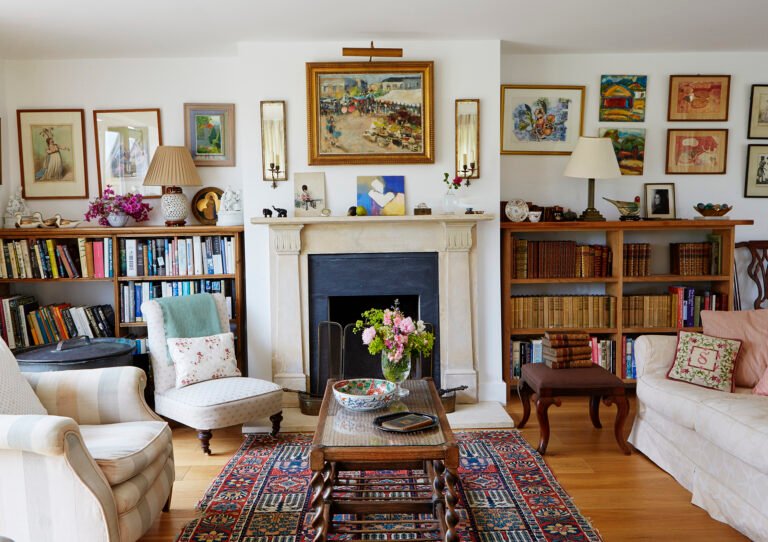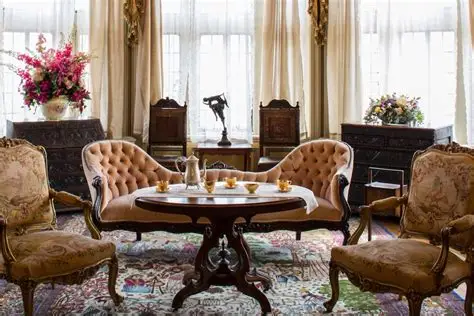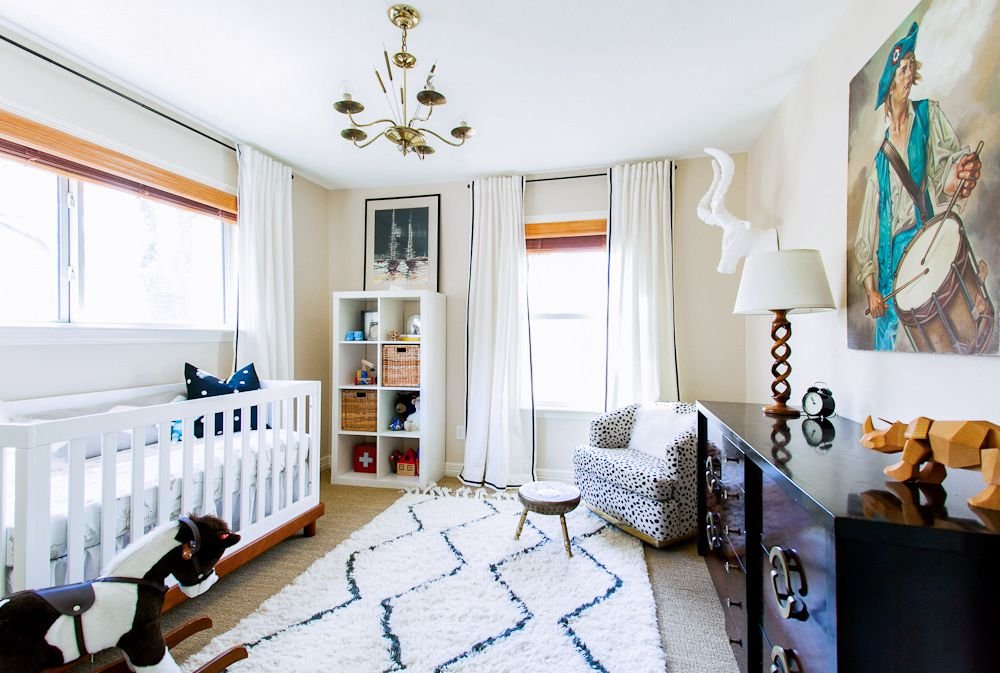
Antique furniture brings character, history, and craftsmanship into any home. Yet, integrating it into a modern space can be tricky. When done right, the mix of old and new creates an elevated, curated aesthetic that feels both timeless and personal. Whether it’s a Victorian dresser or a mid-century sideboard, these expert tips will help you harmoniously style antique pieces in contemporary settings.
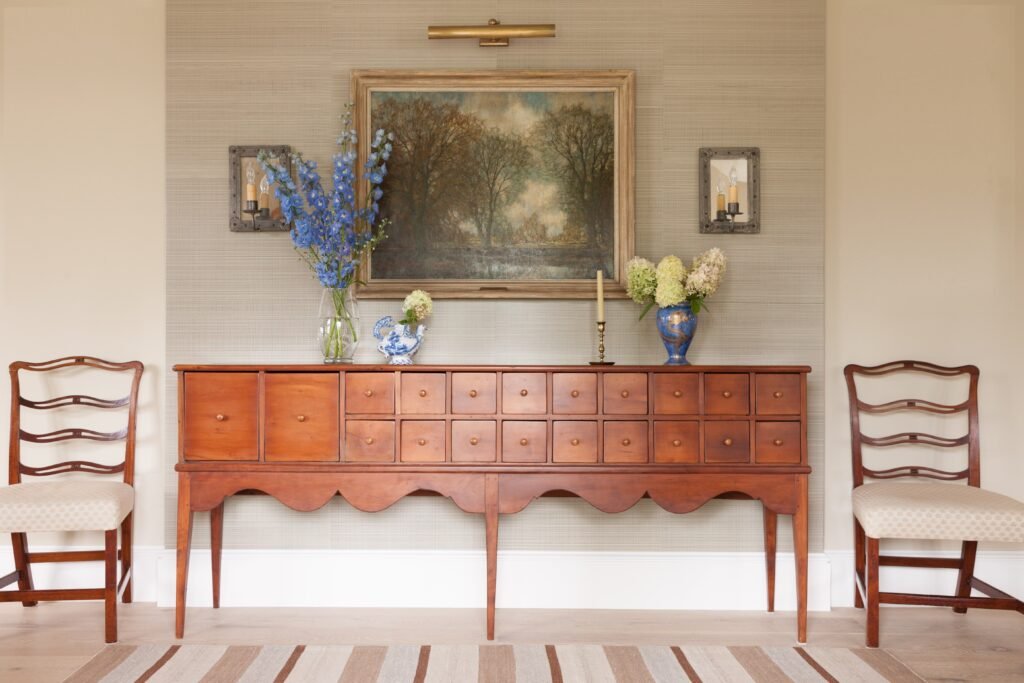
Start with a Focal Point
When introducing antique furniture into a modern room, it’s best to choose one piece as a statement or focal point. This helps prevent the space from feeling cluttered or overly thematic. For instance, an ornate antique armoire can anchor a minimalist bedroom, drawing the eye and setting the tone without overwhelming the room.
A singular standout piece gives the antique furniture room to breathe and makes it easier to build the rest of the décor around it.
Balance Proportions and Scale
Antique furniture often comes in grand or unusual proportions. Be mindful of how these dimensions interact with your modern space. For example, a bulky 18th-century chest of drawers might dwarf a small studio apartment, while a dainty antique writing desk could get lost in a large open-plan living room.
Pairing items of complementary scale helps maintain balance. You can place a sleek modern lamp on a baroque side table or pair a low antique bench with a contemporary dining setup for visual cohesion.
Keep the Color Palette Cohesive
One of the easiest ways to integrate antique furniture into a modern space is through a unified color palette. Choose tones that harmonize with your existing décor. Neutrals often work best, as they allow the texture and craftsmanship of antique pieces to shine.
For a bolder approach, pick up accent colors in the antique piece and repeat them in textiles, artwork, or accessories. This builds a thread of continuity throughout the space.
Mix Materials Thoughtfully
Combining materials is a powerful styling tool. Pairing antique wood with modern glass, metal, or concrete adds visual contrast and depth. For instance, an intricately carved mahogany table looks stunning against a backdrop of clean white walls and steel fixtures.
This material interplay adds interest and avoids making your interiors feel stuck in a specific era. Consider using contemporary rugs, minimalist light fixtures, or abstract art to complement the old-world charm of your antiques.
Embrace Contrast Without Clutter
Contrast is essential when blending styles, but clutter should be avoided. Antique furniture often features elaborate details—curves, carvings, and embellishments—which can clash with overly ornate surroundings. To let your antique piece shine, surround it with clean lines and simple forms.
For example, display a vintage mirror above a modern console, or flank a traditional wingback chair with sleek metal floor lamps. This juxtaposition allows each style to highlight the other’s beauty.
Add Contemporary Accessories
Sometimes, it only takes a few accessories to bring antique furniture into the modern day. Swap out dated upholstery for updated fabrics, place contemporary art above an antique buffet, or add modern vases and books to an old bookshelf.
These small touches breathe new life into antique pieces and make them feel intentional rather than outdated.
Stay True to Your Style
The most important rule is to stay authentic to your personal taste. Antique furniture doesn’t need to match everything else—it just needs to reflect your personality and lifestyle. Mixing eras adds soul and storytelling to your home. Whether you lean minimalist, eclectic, or industrial, there’s always room for a piece of history.
Conclusion
Styling antique furniture in modern spaces is all about contrast, cohesion, and creativity. By balancing scale, mixing materials, and keeping a consistent palette, you can seamlessly weave timeless pieces into contemporary interiors. The result is a home that feels curated, layered, and uniquely yours.

